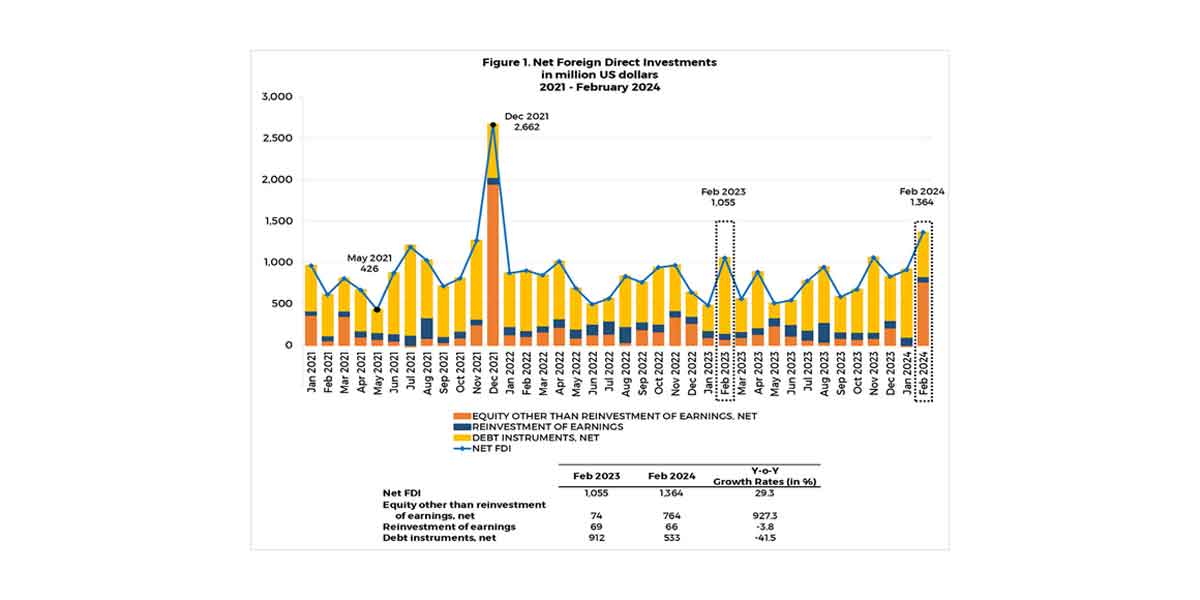 By Joshua Corcuera
By Joshua Corcuera
Studying as a college sophomore in an enormous university in the Philippine capital, our (online) semester has concluded December 23 of last year. Though the first semester of the academic year has ended, the challenges before the start of the school year are still present — challenges yet to be surmounted. And even before the pandemic forced classes to be held online, access to formal education in the Philippines remains a struggle for many. For instance, those who reside in the countryside find it difficult to attend school in times of normalcy, let alone in times of crisis. Hence, as what I have always said in my previous columns, it is essential to ensure the safe resumption of face-to-face classes as soon as possible. Moreover, the problems encountered during the first semester of online classes are worth discussing.
From academic freeze to academic ease
Before the academic year started, calls for an academic freeze are widespread and persistent. For those in basic education, the Department of Education moved the opening of classes to October instead of the originally-planned August. Based from this decision, one can learn that speaking out can spark change. In Filipino, may nagagawa ang pagrereklamo. However, colleges and universities which started their classes in August did start on that month as the Commission on Higher Education did not move the opening of classes for higher educational institutions.
Hence, demands of an academic freeze were — unfortunately — seemingly unheard. After all, despite moving the opening of classes in basic education for about two months, the demands called for at least a semester of academic freeze. And when classes started, another demand went viral — academic ease. This demand calls on educational institutions to decrease workload of students to a level that is bearable, considering that internet connectivity issues are common.
Synchronous and asynchronous classes
Talking of internet connectivity issues, it leads to the topic of synchronous and asynchronous classes. The former refers to online meetings, while the latter pertains to tasks being assigned to students. In where I study, synchronous sessions are supposed to take 20% of the subject’s time while asynchronous classes would take the remaining 80%. For example, a subject of 3 units (that is 3 hours per week) would have — theoretically speaking — 36 minutes of online interaction between the students and the teacher, and the remaining 144 minutes would be used for finishing tasks like assignments and quizzes. In practice, though, the 36 minutes of online interaction last for at least an hour. Still, more time is used for asynchronous classes rather than online meetings.
More of compliance, instead of learning
The fact that more time is spent on asynchronous classes rather online meetings, as mentioned earlier, reveals one of the problems with online classes last semester — that online class puts more emphasis on compliance instead of genuine learning. It cannot be denied that some lessons need to be taught in the traditional face-to-face set-up. This is best exemplified by subjects with laboratory units. In one way or another, online classes cannot surpass face-to-face classes when it comes to quality of teaching and genuinely learning.
The first semester of online classes, and even the months that preceded it, are filled with controversies and challenges. And it is likely that these problems would continue this second semester. Henceforth, educational institutions must do something to alleviate the problems students are currently facing, especially that the future of the country in regard with public health safety is still uncertain.





















